SELECT PROFILE down
Programmer Profile
Auto Quantum Circuits
«AutoQML, self-assembling circuits, hyper-parameterized Quantum ML platform, using cirq, tensorflow and tfq. Trillions of possible qubit registries, gate combinations and moment sequences, ready to be adapted into your ML flow. Here I demonstrate climatechange, jameswebbspacetelescope and microbiology vision applications… [Thus far, a circuit with 16-Qubits and a gate sequence of [ YY ] – [ XX ] – [CNOT] has performed the best, per my blend of metrics…].
Scientific Visualization: Python + Matplotlib
The Python scientific visualisation landscape is huge. It is composed of a myriad of tools, ranging from the most versatile and widely used down to the more specialised and confidential. Some of these tools are community based while others are developed by companies. Some are made specifically for the web, others are for the desktop only, some deal with 3D and large data, while others target flawless 2D rendering.
Isaac Gym: High Performance GPU-Based Physics Simulation For Robot Learning
Isaac Gym offers a high performance learning platform to train policies for wide variety of robotics tasks directly on GPU. Both physics simulation and the neural network policy training reside on GPU and communicate by directly passing data from physics buffers to PyTorch tensors without ever going through any CPU bottlenecks. This leads to blazing fast training times for complex robotics tasks on a single GPU with 2-3 orders of magnitude improvements compared to conventional RL training that uses a CPU based simulator and GPU for neural networks.
Human Learn
Machine learning covers a lot of ground but it is also capable of making bad decision. We’ve also reached a stage of hype that folks forget that many classification problems can be handled by natural intelligence too. This package contains scikit-learn compatible tools that should make it easier to construct and benchmark rule based systems that are designed by humans. You can also use it in combination with ML models.
The Word is Mightier than the Label: Learning without Pointillistic Labels using Data Programming
We analyze the math fundamentals behind DP and demonstrate the power of it by applying it on two real-world text classification tasks. Furthermore, we compare DP with pointillistic active and semi-supervised learning techniques traditionally applied in data-sparse settings.
CARLA: A Python Library to Benchmark Algorithmic Recourse and Counterfactual Explanation Algorithms
CARLA (Counterfactual And Recourse LibrAry), a python library for benchmarking counterfactual explanation methods across both different data sets and different machine learning models. In summary, our work provides the following contributions: (i) an extensive benchmark of 11 popular counterfactual explanation methods, (ii) a benchmarking framework for research on future counterfactual explanation methods, and (iii) a standardized set of integrated evaluation measures and data sets for transparent and extensive comparisons of these methods. We have open-sourced CARLA and our experimental results on Github, making them available as competitive baselines. We welcome contributions from other research groups and practitioners.
labml.ai Deep Learning Paper Implementations
This is a collection of simple PyTorch implementations of neural networks and related algorithms. These implementations are documented with explanations, and the website renders these as side-by-side formatted notes. We believe these would help you understand these algorithms better.
EvalML: a library for automated machine learning and model understanding
EvalML is an AutoML library that builds, optimizes, and evaluates machine learning pipelines using domain-specific objective functions, it is a library for automated machine learning (AutoML) and model understanding, written in Python
Explainability in Graph Neural Networks: A Taxonomic Survey
We summarize current datasets and metrics for evaluating GNN explainability. Altogether, this work provides a unified methodological treatment of GNN explainability and a standardized testbed for evaluations.

A short tour of Scikit-image library with hands-on code
In this short book, we illustrate some of the core algorithms/functions of this popular Python library for image processing and manipulation tasks, with hands-on code examples.
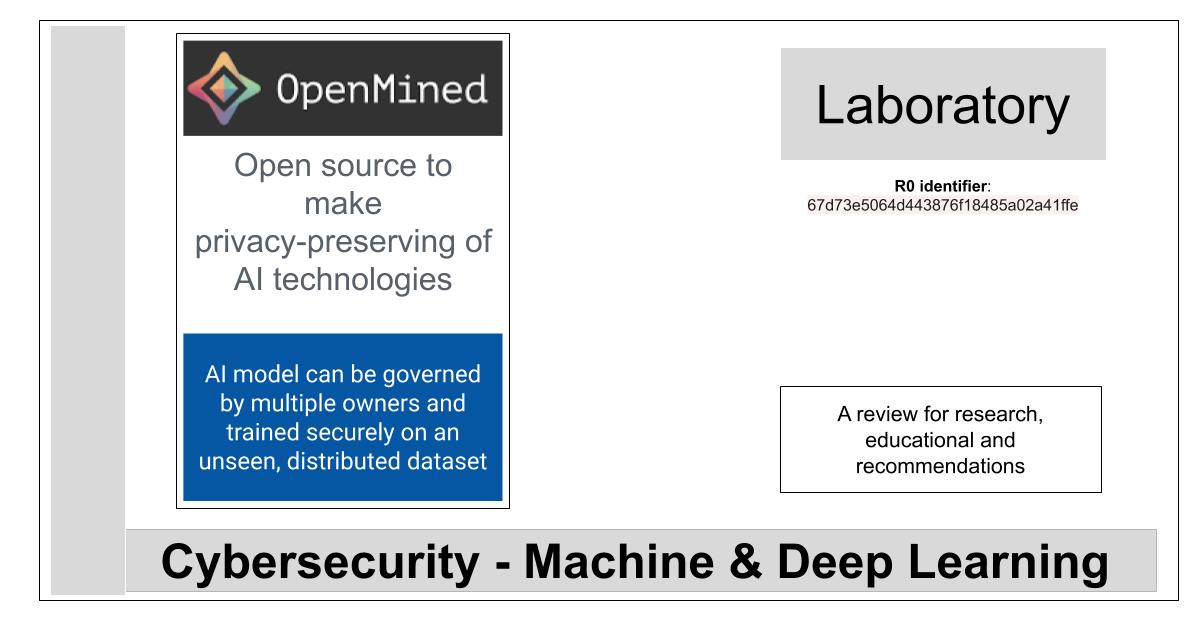
OpenMined: open source to make privacy-preserving of AI technologies
With OpenMined, an AI model can be governed by multiple owners and trained securely on an unseen, distributed dataset.The mission of the OpenMined community is to create an accessible ecosystem of tools for private, secure, multi-owner governed AI
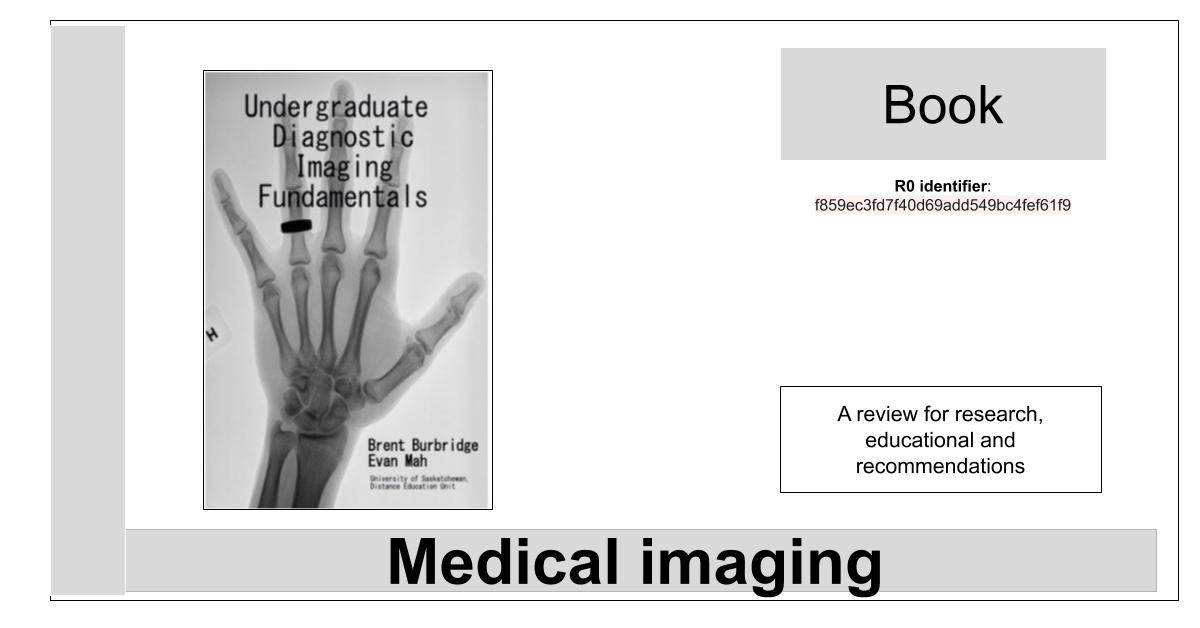
Undergraduate Diagnostic Imaging Fundamentals
The structure and content of this work has been guided by the curricula developed by the European Society of Radiology, the Royal College of Radiologists, the Alliance of Medical Student Educators in Radiology, with guidance and input from Canadian Radiology Undergraduate Education Coordinators, and the Canadian Heads of Academic Radiology (CHAR).

Medical Open Network for AI (MONAI), AI Toolkit for Healthcare Imaging
The MONAI framework is the open-source foundation being created by Project MONAI. MONAI is a freely available, community-supported, PyTorch-based framework for deep learning in healthcare imaging. It provides domain-optimized foundational capabilities for developing healthcare imaging training workflows in a native PyTorch paradigm.

Privacy Preserving AI – Andrew Trask, OpenMined
Learn the basics of secure and private AI techniques, including federated learning and secure multi-party computation. In this talk, Andrew Trask of OpenMined highlights the importance of privacy preserving machine learning, and how to use privacy-focused tools like PySyft.

Interpretable Machine Learning (A Guide for Making Black Box Models Explainable)
The book focuses on machine learning models for tabular data (also called relational or structured data) and less on computer vision and natural language processing tasks. Reading the book is recommended for machine learning practitioners, data scientists, statisticians, and anyone else interested in making machine learning models interpretable.
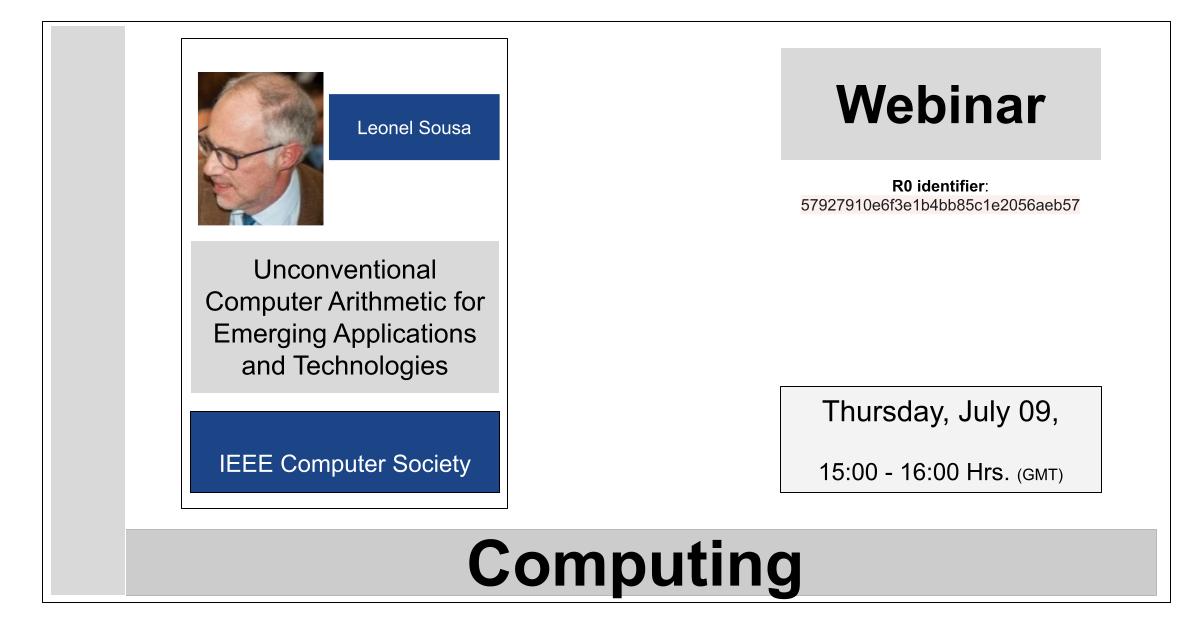
Unconventional Computer Arithmetic for Emerging Applications and Technologies
Arithmetic plays a major role in computing performance and efficiency. It is challenging to build platforms, ranging from embedded devices to high performance computers, supported on traditional binary arithmetic and silicon-based technologies that meet the requirements of today’s applications. In this talk, the state-of-the-art of non-conventional computer arithmetic is presented, considering alternative computing models and emerging technologies.
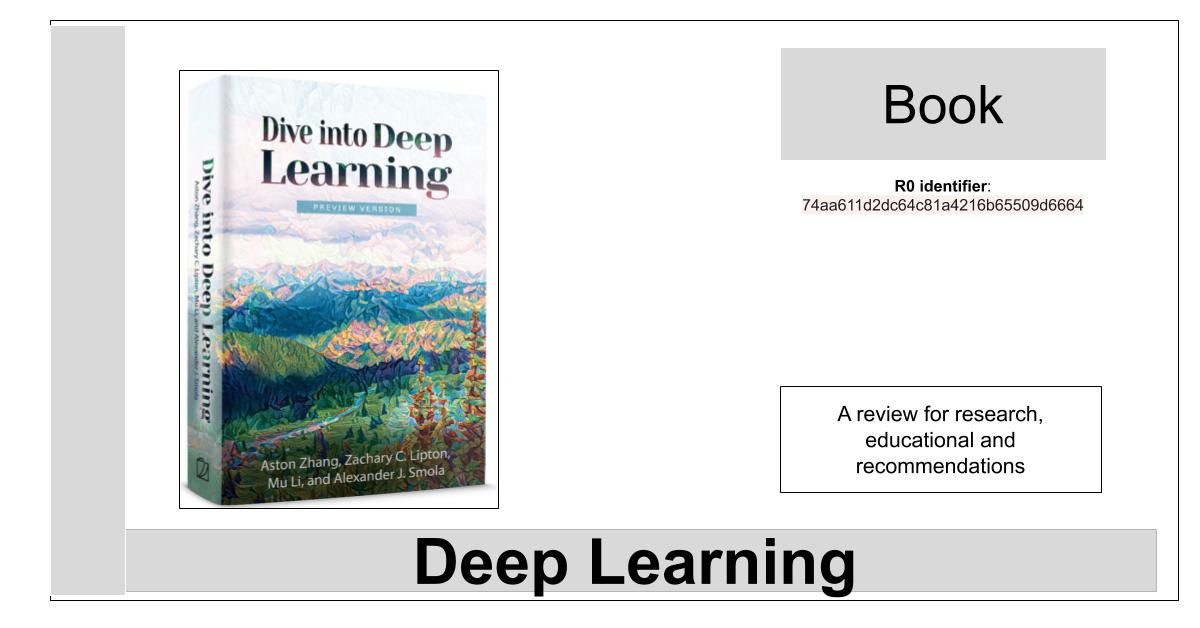
Dive into Deep Learning
“We set out to create a resource that could (i) be freely available for everyone; (ii) offer sufficient technical depth to provide a starting point on the path to actually becoming an applied machine learning scientist; (iii) include runnable code, showing readers how to solve problems in practice; (iv) allow for rapid updates, both by us and also by the community at large; and (v) be complemented by a forum for interactive discussion of technical details and to answer questions”.
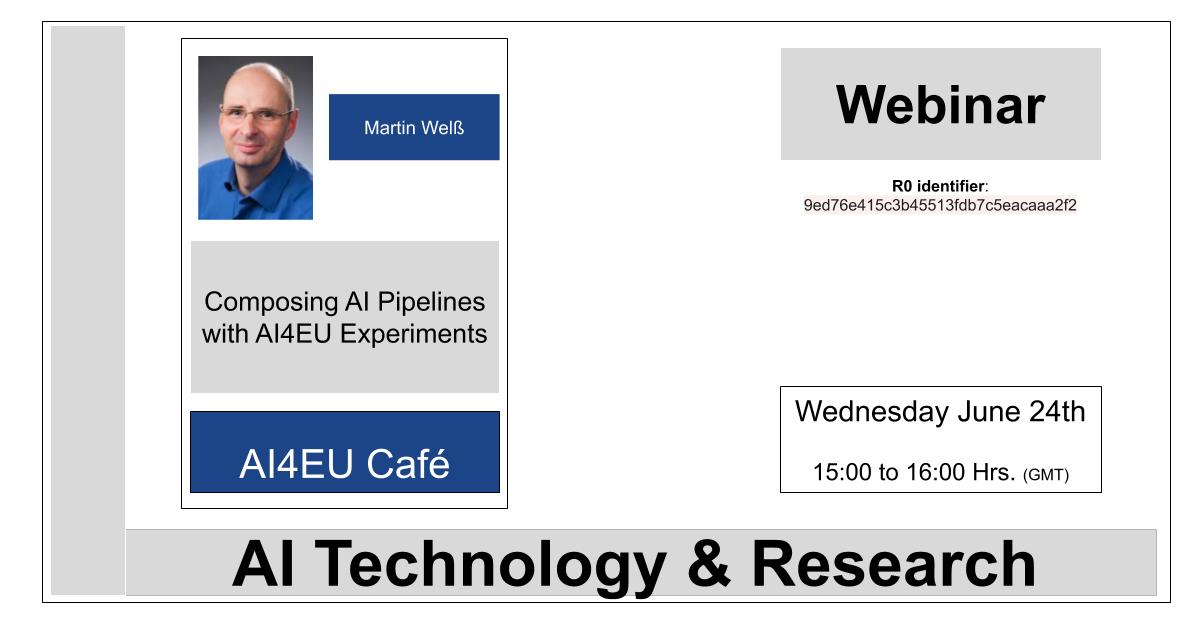
Composing AI Pipelines with AI4EU Experiments
Show how to onboard AI tools as re-usable building blocks that then can be used to easily compose AI pipelines in the AI4EU Experiments visual editor

Machine Learning From Scratch
An extensive list of fundamental machine learning models and algorithms from scratch in vanilla Python.
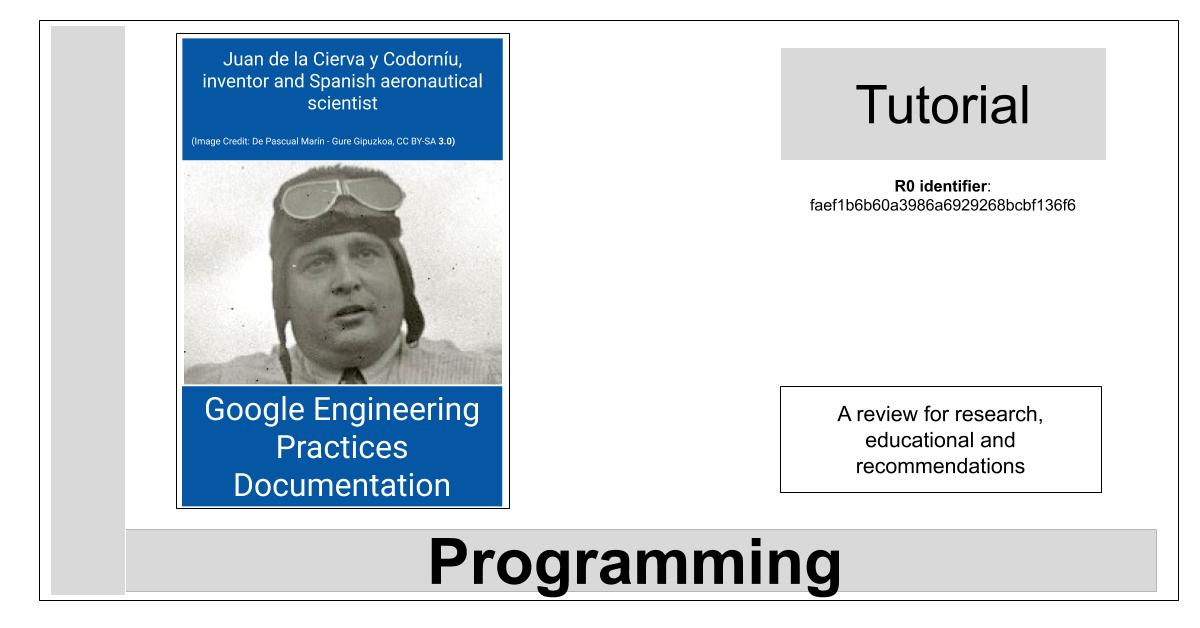
Google Engineering Practices Documentation
Google has many generalized engineering practices that cover all languages and all projects. These documents represent their collective experience of various best practices that they have developed over time. It is possible that open source projects or other organizations would benefit from this knowledge.

SciPy Programming Succinctly
The SciPy library, accompanied by its interdependent NumPy, offers Python programmers advanced functions that work with arrays and matrices. Each section presents a complete demo program for programmers to experiment with, carefully chosen examples to best illustrate each function, and resources for further learning. Use this e-book to install and edit SciPy, and use arrays, matrices, and combinatorics in Python programming.

C Notes for Professionals
C Notes for Professionals book is compiled from Stack Overflow Documentation. (333 pages, published on May 2018)

Toolbox for the use of technology and data to combat COVID-19: mobile applications and the use of anonymised mobility data
This recommendation sets up a process for developing a common approach, referred to as a Toolbox, to use digital means to address the crisis. The Toolbox will consist of practical measures for making effective use of technologies and data, with a focus on two areas

iOS® Developer Notes for Professionals book
iOS® Developer Notes for Professionals book is compiled from Stack Overflow Documentation. (874 pages, published on May 2018)
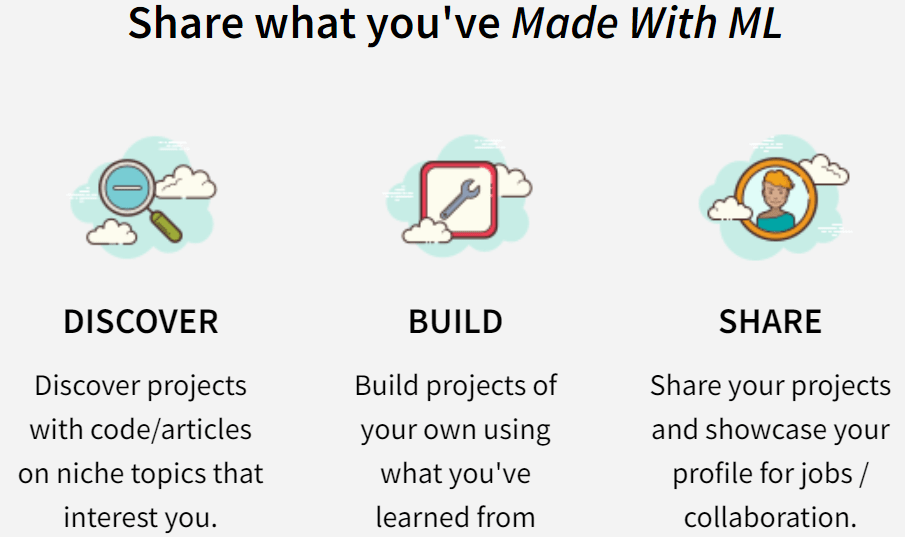
Made With ML
🔘 Table of associated records Rx Registration ID Nº R0 Hash MD5 (of R3): bee6e04e16dde65db265d07206a6f792 R1 Registration number (in the domain editorialia.com at WordPress): dmeditorialiawp.7163 R2 Date-p-order (ddmmyyyypx): 30032020p2 R3 Cid (combined id R1+R2): dmeditorialiawp.716330032020p2 R14 Keyword (selected 1 among the labels applied to this entry): =machinelearning R15 QR code (of the linked url at …
Loading…
Something went wrong. Please refresh the page and/or try again.